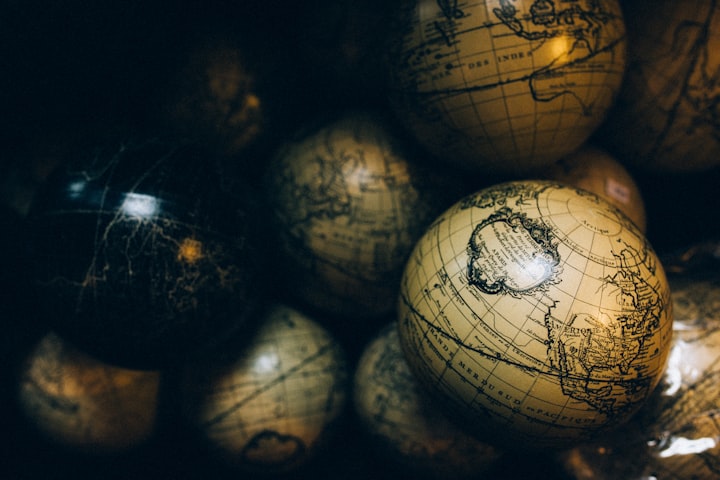August 1619 is seen by many as the beginning of slavery in America, and by extension, the first time black feet graced American shores. In late August 1619, Virginia colonist John Rolfe wrote in his journal of the ship's arrival and “20 and odd” Africans on board. His journal entry has become the source for numerous citations on the start date of American slavery.
Some scholars have posited that Africans visited America even before the European Kristopher Columbus landed there. While this prospect might be foreign and shocking to some and lore to others, there isn't much documentation to back this claim.
Nevertheless, the first known African to arrive in America is documented extensively. His name was Juan Gariddo, and he came onto American soil not as a slave; but as a free man and conquistador. He arrived well before 1619, in 1513.
Juan Garrido was born around 1480 in West Africa. Not much is known of his early childhood or his original name. Some have inferred that he was the son of a king sent to Portugal for Christian education. Others have theorized he was sold into slavery, later managing to free himself and journey to Lisbon, Portugal.
At fifteen years old, Juan Garrido left Lisbon. He traveled to Seville, Spain; there joined a convoy to Hispanola(the island now home to modern-day Hati and The Dominican Republic). In 1503 there may have been other free black men in this journey, but Juan would soon set himself apart.
In 1508 he left Hispanola as part of Juan Ponce de Leon’s party. The search for gold was on. In Puerto Rico, Juan fought with the Spanish against the peaceful Taino natives in 1511.
After losing a long political struggle with Diego Columbus, son of Christopher Columbus, Ponce De Leon was ousted as Governor of Puerto Rico. As a consolation prize, De Leon was allowed to continue his search for gold. Juan Garrido was among the men who sailed with De Leon on the fourth of March, 1513.
On their new journey to discover gold, they eventually landed in Florida, so named by De Leon. Juan Garrido, therefore in 1513, became the first documented African American.
At that time, Florida was inhabited by The native tribe Calusa. These native American Indians successfully defended their homeland and sent Garrido and De Leon, and the other men away from the land they inhabited.
With a penchant for adventure or perhaps slim prospects for income, Juan Garrido joined another Spanish expedition, this time with Hernan Cortez in 1519. He was part of the Battle of Tenochtitlán. Cortez and the Spanish won the battle but with numerous casualties. Garrido helped with burying the soldiers and erecting a chapel on their behalf.
As a reward for his service, Garrido was given land in Mexico City. He married and had three children. He began farming on that land, growing grapes, watermelon, and wheat. In fact, he is thought to have been the first person to cultivate and harvest wheat in the Americas.
In 1527 he left his plantation and family to once again hunt for gold. The journey was another fruitless endeavor, and he lost ant money he had at the onset of the trip.
He returned to his plantation but was not financially successful. In 1533 he sailed with Cortez once more. That excursion likewise proved futile.
Juan Garrido died penniless in 1550 on his plantation.
He lives on in infamy. Diego Rivera painted him in a mural of Mexican agriculture on The National Palace's wall in Mexico City.
With the new interest in black lives and black histories, this may garner more research and widespread knowledge on Juan Garrido. One day he may even grace revised school books that erroneously list 1619 as the first time Africans walked on American soil.
About the Creator
L
“By hell there is nothing you can do that you want and by heaven you are going to do it anyway”
Anne Spencer







Comments
There are no comments for this story
Be the first to respond and start the conversation.